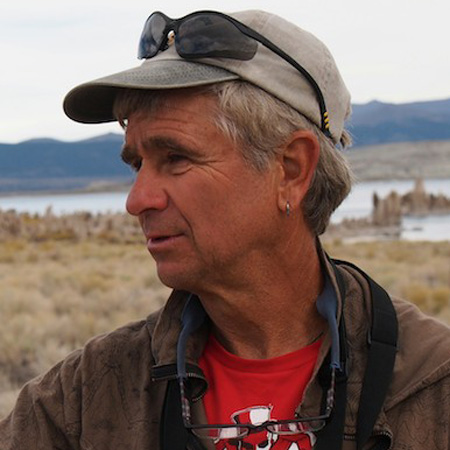If you step outside around 7:00 pm and look to the west you will notice a brilliant object: Venus. The ancient Greeks could predict the location and motion of celestial bodies. But they noticed five "stars" whose movements could not be foretold and whose brightness fluctuated. They named these undependable objects "planetai"; that is, the wanderers. This word gives rise to the term "plankton," the wanderers of the sea.
Venus was named for the Goddess of Love and Beauty, and it's our closest planetary neighbor. Because Venus orbits between the sun and the Earth, we always see it when it's near the sun, either shortly before dawn, as the morning star, or shortly after sunset, as an evening star, never in the middle of the night.
When the solar system was formed, Venus had virtually the same amount of carbon and water as the Earth. But since Venus receives two times the solar energy, the water soon boiled off. Without water, life as we know it could not evolve.
The Earth, on the other hand, is just the right distance from the sun to keep its water in liquid form. Plants evolved in the water and they convert carbon dioxide to carbon compounds. As plants and other organisms die, they sink and become carbonate rocks; that is shale or coal. Slowly these rocks are plunged into the Earth's hot interior and melted. Volcanic eruptions then release this trapped carbon back into the Earth's atmosphere as carbon dioxide, and thus complete the carbon cycle.
No plants on arid Venus, and the volcanically vented carbon dioxide just poured into the atmosphere unchecked. The CO2 level rose and created the greenhouse effect. Sunlight can penetrate and elevate temperatures, but that heat cannot escape. Thick clouds of sulfuric acid droplets mingle with the poisonous atmosphere and ground temperatures can reach 900 degrees F.
